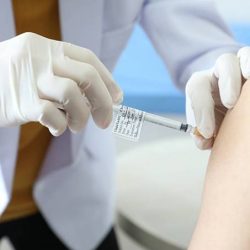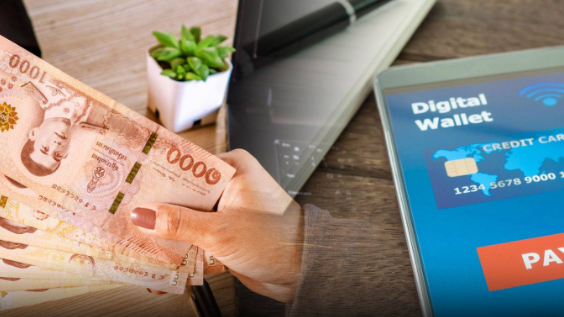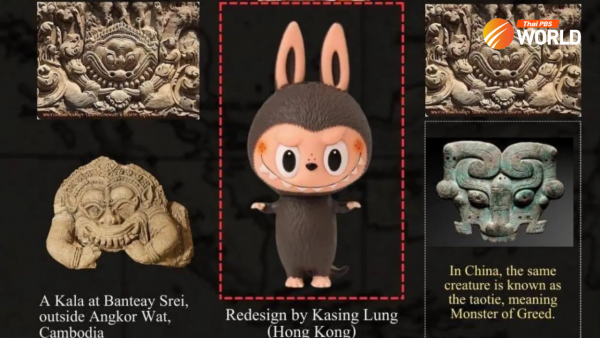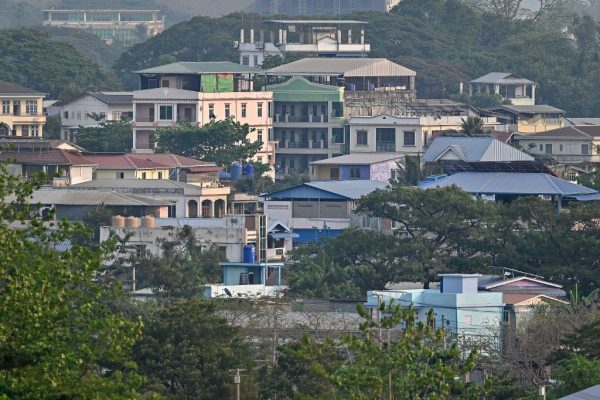Explainer – Thailand’s various protest groups and their tactics
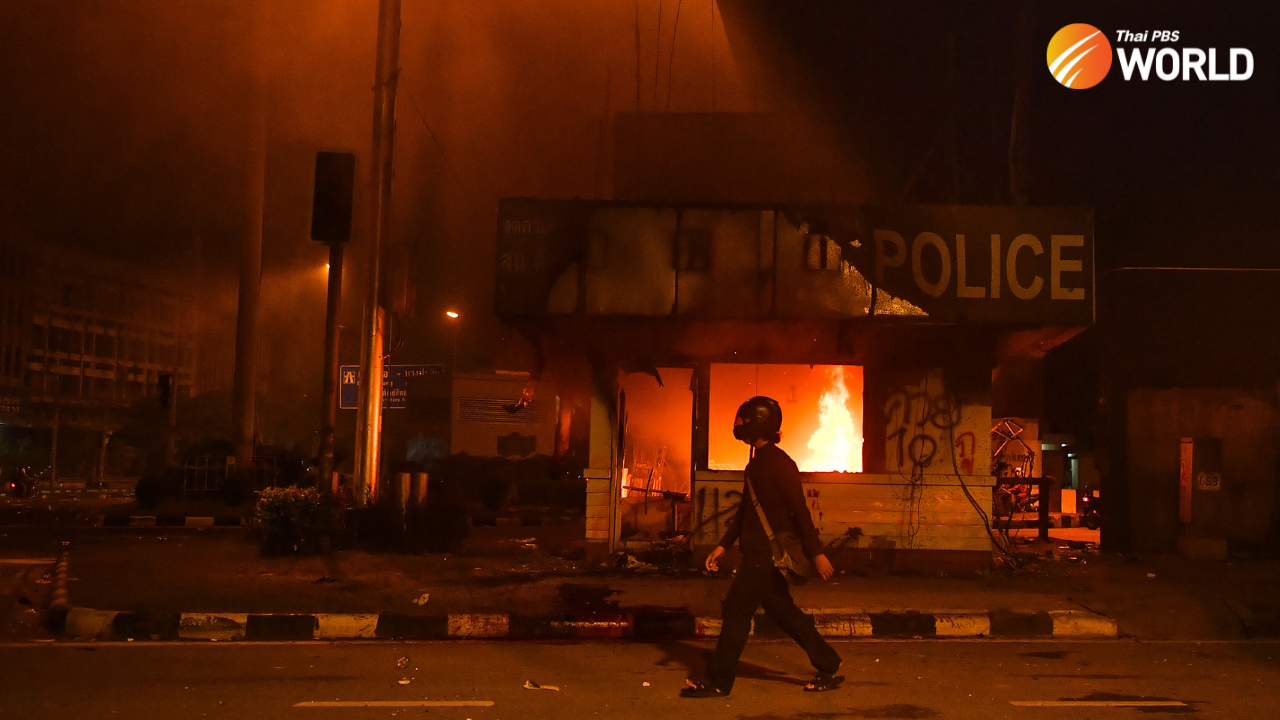
Anti-government street protests have resumed, in spite of the worst disease pandemic in recent history, and they are being held almost daily. So, who are they?
Various political groups are currently protesting and demanding that Prime Minister Gen Prayut Chan-o-cha steps down, highlighting his failures in the handling of the COVID-19 situation, with the failure to control new outbreaks and the slow vaccine rollout, using mainly low quality vaccines from China, being the main concerns.
They are, in fact, the same groups that have been active since last year, seeking political change, the amendment of the charter, especially to cut the Senate’s power in selecting a prime minister, to prevent Prayut and military figures from returning to power, and reform of the country’s monarchy.
The groups are under the anti-establishment umbrella of the “Ratsadon” movement, whose name has its roots in the Siamese Revolution of 1932, during which Thailand transitioned from an absolute to a constitutional monarchy.
The subgroups under this umbrella mobilise people and organise demonstrations, all with the same goals, but are distinctive in their character and origin.
- “REDEM” or Free Youth are protesters who are mostly of the younger generation, including supporters of the Move Forward Party. The Free Youth’s organisation of protests is well-known for its leaderless tactics, relying heavily on highly effective online communication to keep the movement aligned, even when the time and venue of rallies change frequently and at short notice, to usurp the authorities’ efforts to stop them.
Public engagement is strong with this movement, as they have made it possible, for the first time in 15 years, for political protests to take place which are truly centred on the people’s voice and demands, free of influence from political parties or well-known political figures. Key organizers include Tattep ‘Ford’ Ruangprapaikitseree and Panumas “James” Singprom. Their names might not, however, be readily identified as prominent protest leaders because they stay in the background most of the time and let protesters in the streets run the show.
- The “United Front of Thammasat and Demonstration” (UFTD) is a political group from Thammasat University, having a dramatic impact as they entered the scene because they uncompromisingly addressed the “elephant in the room”, namely the role of the monarchy in Thailand. The group is led by Parit “Penguin” Chiwarak and Panusaya “Rung” Sithijirawattanakul. Both are university students and have become major and vocal critics of the monarchy. The pair have been in and out of jail many times for their roles in politics.
UFTD, run by university students, has successfully organised many large protests, including the mobilisation of as many as 100k people and staying overnight at Sanam Luang, demonstrating against the current regime.
- “Talufah”, unlike the two previous groups, which identify more with the urban educated middle class, is a centre for activists and protesters from outside Bangkok. Talufah debuted this year, by marching from Nakhon Ratchasima to Bangkok in protest against Gen Prayut’s rule. The march allowed local people, who normally have no chance to participate in political activities, which mostly take place in Bangkok, to express their support for the pro-democracy movement.
Talufah is led by Jatupat “Pai” Boonpattararaksa, a Khon Kaen based activist and community rights defender turned junta and monarchy critic. He has already served a prison term for lèse majesté and was the first to be arrested during the reign of King Maha Vajiralongkorn, for sharing a BBC Thai profile of the King. He has been indicted on lèse majesté charges since March this year, as he was released from prison and joined the new round of protests.
The most recent protests were organized by the Talufah group, despite Jatupat’s absence having been arrested and detained.
- The “Car Mob” was recently started by long-time activist Sombat Boon-ngamanong, or “Nuling” or “Bor Kor Lai Jud”, to find a way for protesters to return to the streets during the pandemic. The movement is mostly comprised of members of the general public, as well as supporters of the red-shirt movement, with a common stance against the current regime. Sombat came to prominence during his protest against the 2006 coup, which ousted then prime minister Thaksin Shinawatra.
These are just the key organizers of recent political activities. The lines separating them are blurred in everyday demonstrations, which see mixed groups of people. A protest, organized by Free Youth, is often also attended by middle-aged or senior citizens. Likewise, we can see younger people joining the car mob.
The demonstrations are also inclusive of people in subgroups of activism, such as the LGBTQ community and others, so long as they share a common goal to remove Prayut from power.
This explains why, in recent protests, more violent groups, such as vocational students, are also present, leading to clashes with the police. The variety of movements also explains how and why protest organisers can only expect to have limited control over the protesters.
By Chalanlak Chanwanpen

